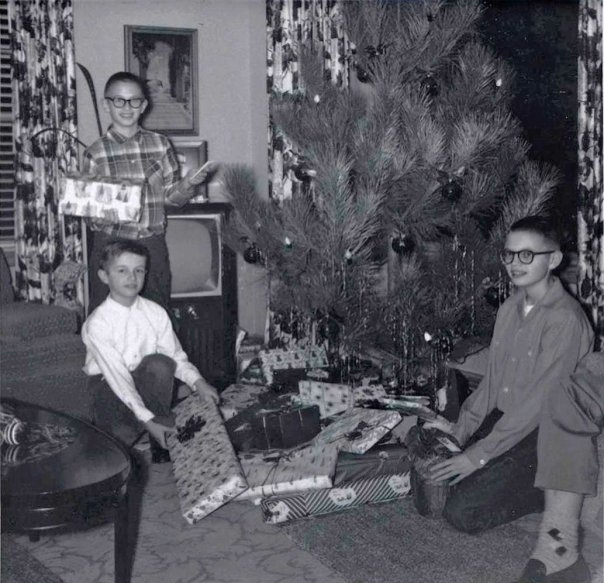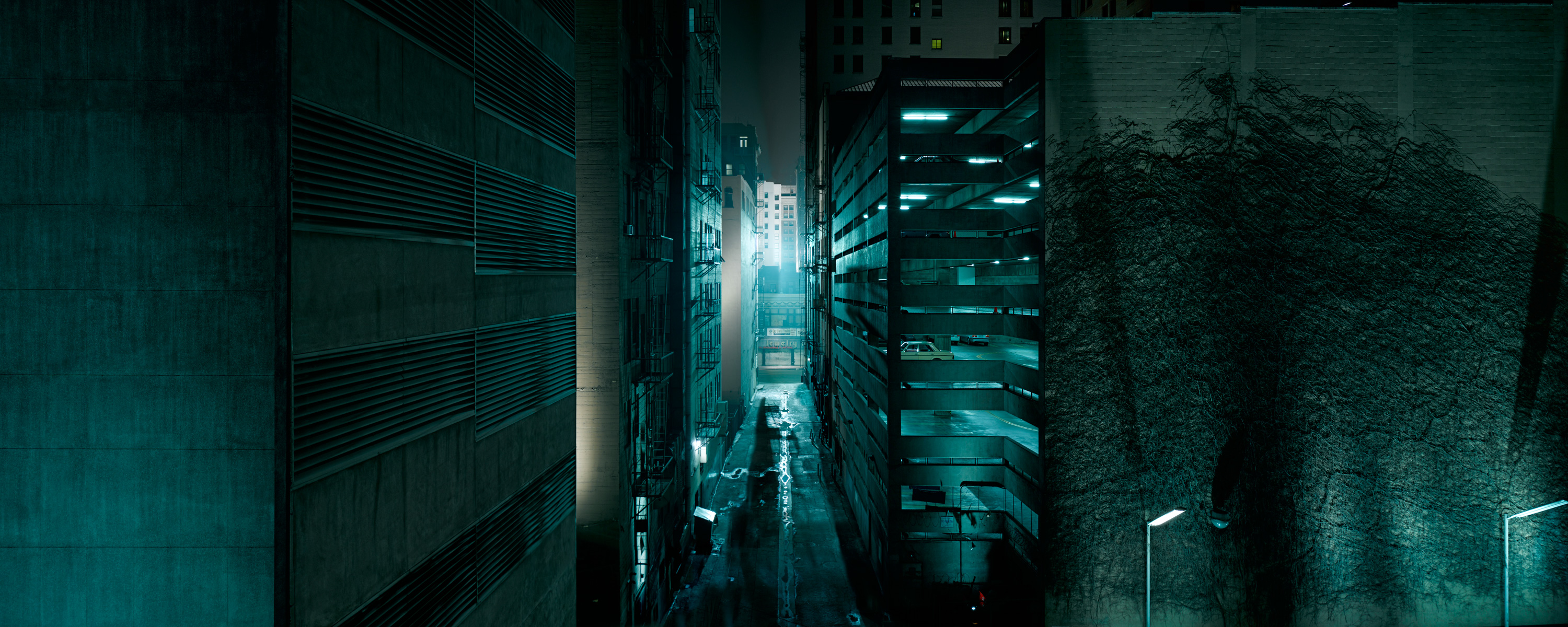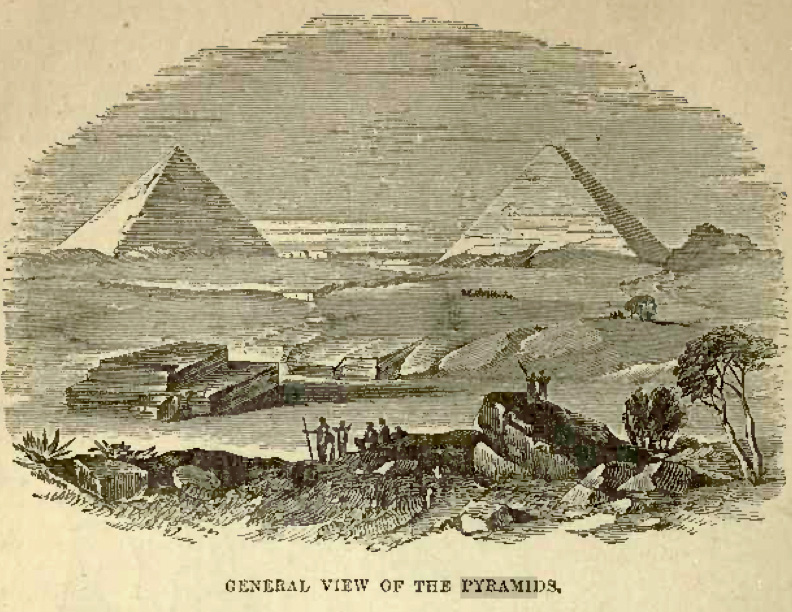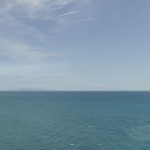Just to bring something completely different to help explain the Half Coastal name I use for this blog: the name came to me in a blinding flash of something, maybe creativity, maybe just too much cilantro in the salsa…who knows? But I could not afford a cute little apartment on the Upper West Side of Manhattan and I was actually born and bred in Minnesota, about which you have probably met plenty of refugees who tell you how much they love it…so I owe you some word of being a California half native (living in the Golden State long enough to remember the first time Jerry Brown was Governor Moonbeam) and having a fond memory of shooting stock pictures in my “backlot” of Minnesota, I thought I would share something else besides “war stories.” So, my brother Steve, the one on the right in this picture, wrote to me this anecdote just today:
After Sunday evening service on March 20, I took the car to drop off some recyclables and had the radio on listening to “Folk and Acoustic” with Uncle Fred as the DJ. At 10:58 pm he played Joel Mabus’ song “Hopelessly Midwestern.” Here is an excerpt from the talking part of the song plus a bit of the lyrics.
Joel Mabus:
“You know, I travel all over the country in my line of work – singing songs and playing the guitar. Wherever I go I seem to find Midwesterners in the audience. I guess it’s the great Midwestern Diaspora:
“Midwesterners all over the continent, taking with them their recipes for green bean casserole made with Campbell’s mushroom soup and Durkee fried onions – yeah, straight from the can. And for dessert – lime Jello mold – the kind with the little marshmallows and the pineapple chunks.”
Song
If you live life in the middle and not on the edge
You’re hopelessly Midwestern
If a big Saturday means clipping the hedge
You’re hopelessly Midwestern
…..
Now if you’re favorite stretch of highway is flat and straight
You’re hopelessly Midwestern
And if you still think sushi looks a lot like bait
You’re hopelessly Midwestern
…..
(Chorus)
Hopelessly Midwestern – corn fed boys and girls
Hopelessly Midwestern – square pegs in this big round world
Well, you can go from seas to shining sea
But right in the middle is the place to be
And if you like it like that, you’re a lot like me –
Hopelessly Midwestern
Steve
So, now you know a bit more. But wait, there’s even a little more. Really just could not pass up this chance, especially if you are still reading. My daughter and I were talking last night as I was attempting to text my other daughter about how maybe we could read a message even if we did not push the number keys enough to get to the right letter. (Like if I was trying to type an L and only got to K instead) She told me about a site where all the words had the right letters, but that the interior letters were jumbled up and the first and the last ones were correct. She said she could read the paragraph easily and remarked that our minds really did not see individual letters, at least we did not need to see them, and that our minds fixed what was wrong. I have noticed this about what we see in images as well. So here is the paragraph and you try it. (copied from this site by “I Love Pete Wentz”: http://www.avirtualhorse.com/avh-blog/2910
Cdnuolt blveiee taht I cluod aulaclty uesdnatnrd waht I was rdanieg. The phaonmneal pweor of the hmuan mnid, aoccdrnig to a rscheearch at Cmabrigde Uinervtisy, it dseno’t mtaetr in waht oerdr the ltteres in a wrod are, the olny iproamtnt tihng is taht the frsit and lsat ltteer be in the rghit pclae. The rset can be a taotl mses and you can sitll raed it whotuit a pboerlm. Tihs is bcuseae the huamn mnid deos not raed ervey lteter by istlef, but the wrod as a wlohe. Azanmig huh? yaeh and I awlyas tghuhot slpeling was ipmorantt! if you can raed tihs rpsoet it. OLNY RSEPOT IF YOU CAN RAED TIHS. CNAHGE THE NMUERBR AT TOP TGOHUH, “ONLY __ PEOPLE IN THE WORLD CAN READ THIS…CAN YOU? ” Go up a nmuber if you can raed it…lte’s see how hgih we can get!
Sounds like only a few people got it right away in 2007, but I bet it is millions by now. It was more interesting to me than pondering the fate of Katie Couric’s talk show possibilities…




